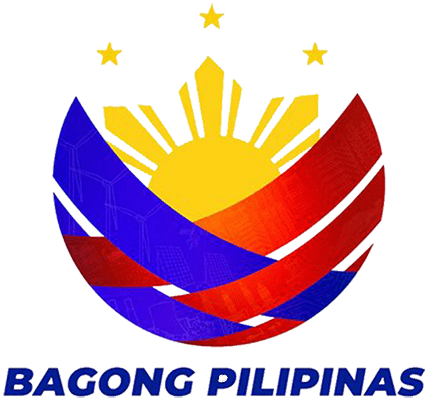NEWS AND UPDATES
UP Manila Medical Informatics Unit Chief promotes visual storytelling in translating health research
“Art does not reproduce the visible; rather, it makes the visible,” said University of the Philippines Manila Medical Informatics Unit Chief Iris Thiele Isip-Tan, borrowing a quote from artist Paul Klee, during the 2nd Central Visayas Health Research and Innovation Conference (CVHRIC) held in Cebu City on 21-22 June 2017.
Communication has always been vital in bringing health research closer to the public. In translating scientific to general knowledge, the use of visual communication is an effective strategy.
Dr. Isip-Tan emphasized the role of visual data storytelling as a platform to popularize health research. She discussed that this type of storytelling includes a set of fact-based story pieces which are visualized in order to support intended messages and are packaged in a way that are appealing and easily remembered by the public.
According to Dr. Isip-Tan, the choice of appropriate genre for visual data storytelling depends on the complexity of the story, its medium, and its intended audience. She cited seven kinds of genre that can be used: the magazine style, annotated chart, partitioned poster, flow chart, comic strip, slide show, and film or video animation.
In creating the story, Dr. Isip-Tan also emphasized the importance of the following processes: gathering data, making the story and incorporating research evidences, and presenting the story through graphics and visual materials. According to Dr. Isip-Tan, this process makes it easier for people to relate to the stories and grasp the information compared to a standard medical information sheet. However, she also noted the disadvantages of storytelling such as the difficulty of incorporating evidence without compromising the style of the story and being comprehensive while observing brevity.
At the end of her presentation, Dr. Isip-Tan highlighted the importance of using effective visual elements in visual storytelling such as the following: rigid literal interpretations, familiar analogy, symbolic and color analogies, and iterative participatory design.




